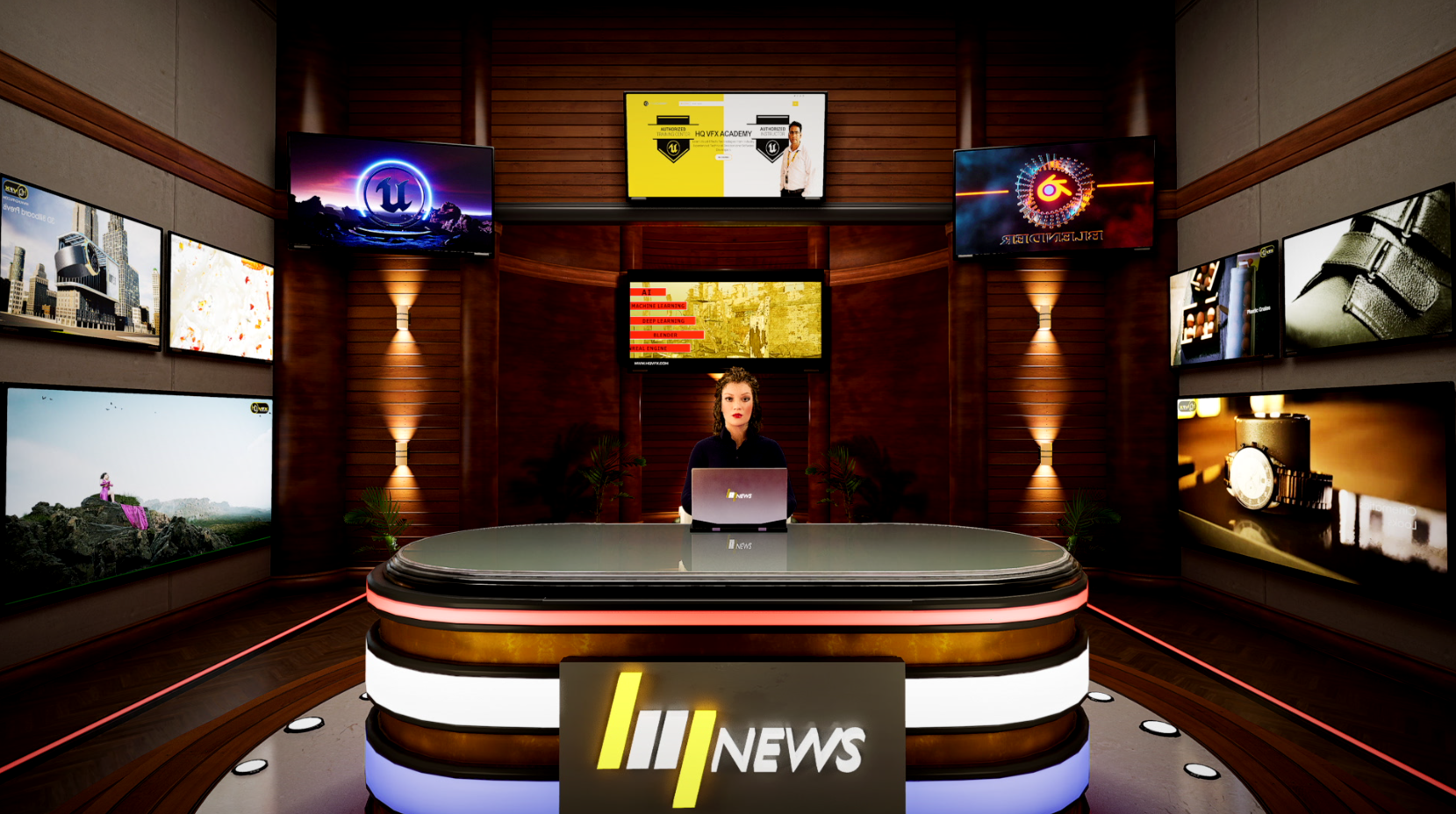The Importance of Python in Visual Effects (VFX) Production
HQ VFX is constantly exploring new ways to enhance its production pipeline. One of the ways the company has achieved this is by incorporating Python into its workflow. By using Python, HQ VFX has been able to develop custom tools and scripts that automate repetitive tasks and streamline its workflow. This has helped the company to improve its efficiency and deliver high-quality work to clients faster. The integration of Python has also enabled HQ VFX to integrate different software applications, further enhancing the company’s workflow. As a result, HQ VFX is well-positioned to take on complex VFX projects and continue to deliver exceptional results to its clients.
Python is a popular programming language used in various fields, including visual effects (VFX) production. Its ease of use and versatility make it an ideal choice for developing VFX tools, automating repetitive tasks, and integrating different software applications. In this article, we will explore how Python is used in VFX production and its advantages.
Scripting and Tool Development
Python is an ideal language for developing VFX tools and scripts. VFX artists use Python to create custom scripts that automate repetitive tasks and speed up their workflow. Python’s syntax is easy to understand and read, making it easy for artists to develop their own tools and automate complex processes. With Python, VFX artists can develop scripts that perform tasks such as file management, rendering, compositing, and much more. Python’s popularity in the VFX industry has led to the development of various Python libraries and modules specifically designed for VFX tasks.
Software Integration
Python is also used to integrate different software applications used in VFX production. VFX artists use multiple software applications to create stunning visual effects, and integrating these applications can be a challenging task. Python provides a simple and straightforward way to connect different software applications and automate their workflows. For instance, VFX artists can use Python to develop scripts that export data from one application and import it into another. This helps streamline the workflow, reduces errors, and saves time.
Performance
Python’s performance is often a concern when it comes to VFX production. However, with the availability of Python libraries and modules specifically designed for VFX tasks, performance is no longer an issue. Python’s performance is further enhanced by its ability to interact with C++ and other low-level languages. This allows Python to take advantage of the high-performance libraries and modules developed in these languages.
In conclusion, Python has become an essential tool in VFX production. Its ease of use, versatility, and ability to integrate different software applications make it an ideal choice for VFX artists. With Python, VFX artists can develop custom tools, automate repetitive tasks, and streamline their workflows. Python’s popularity in the VFX industry has led to the development of various Python libraries and modules specifically designed for VFX tasks, ensuring that performance is no longer a concern.
- 1,642 views





